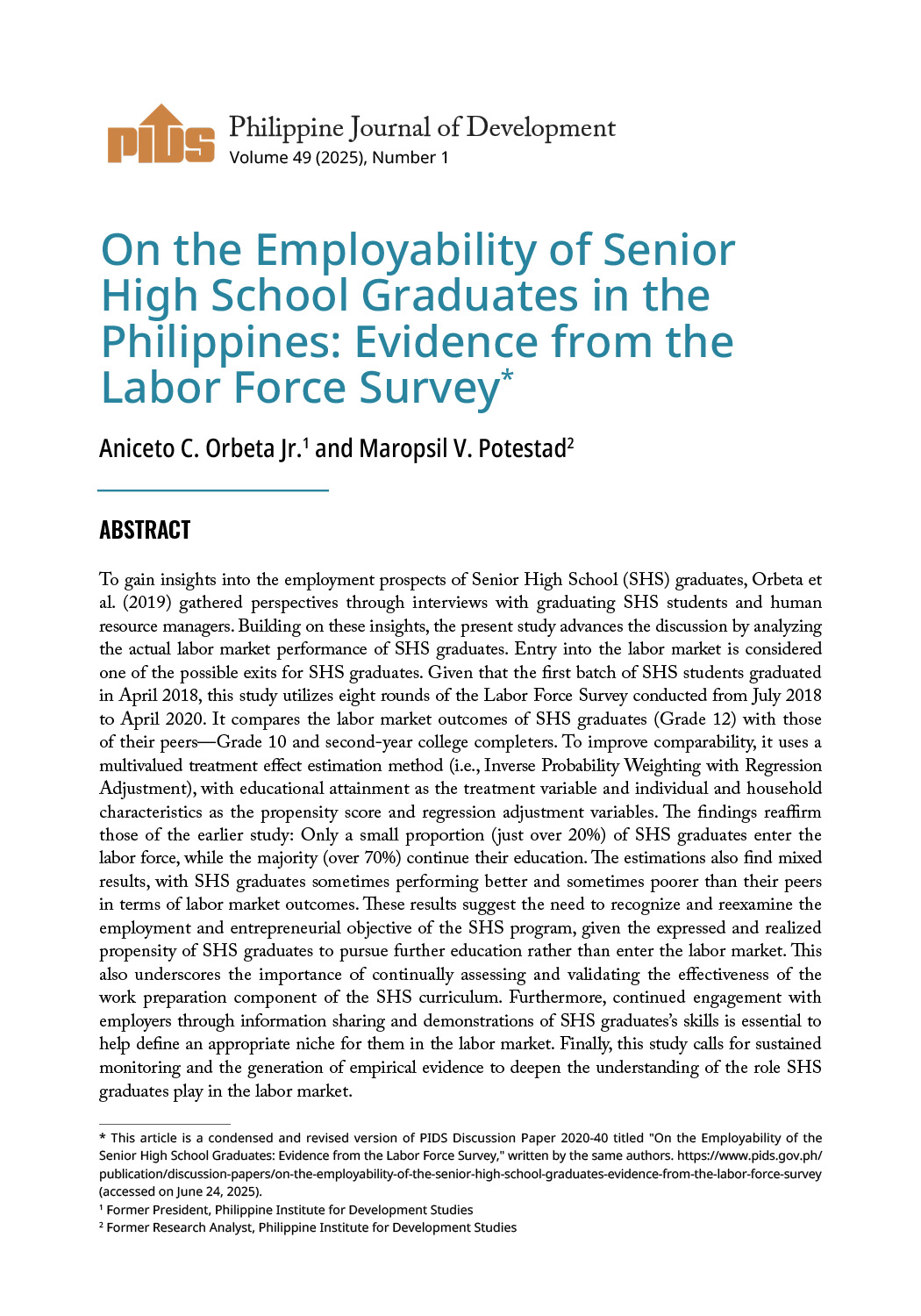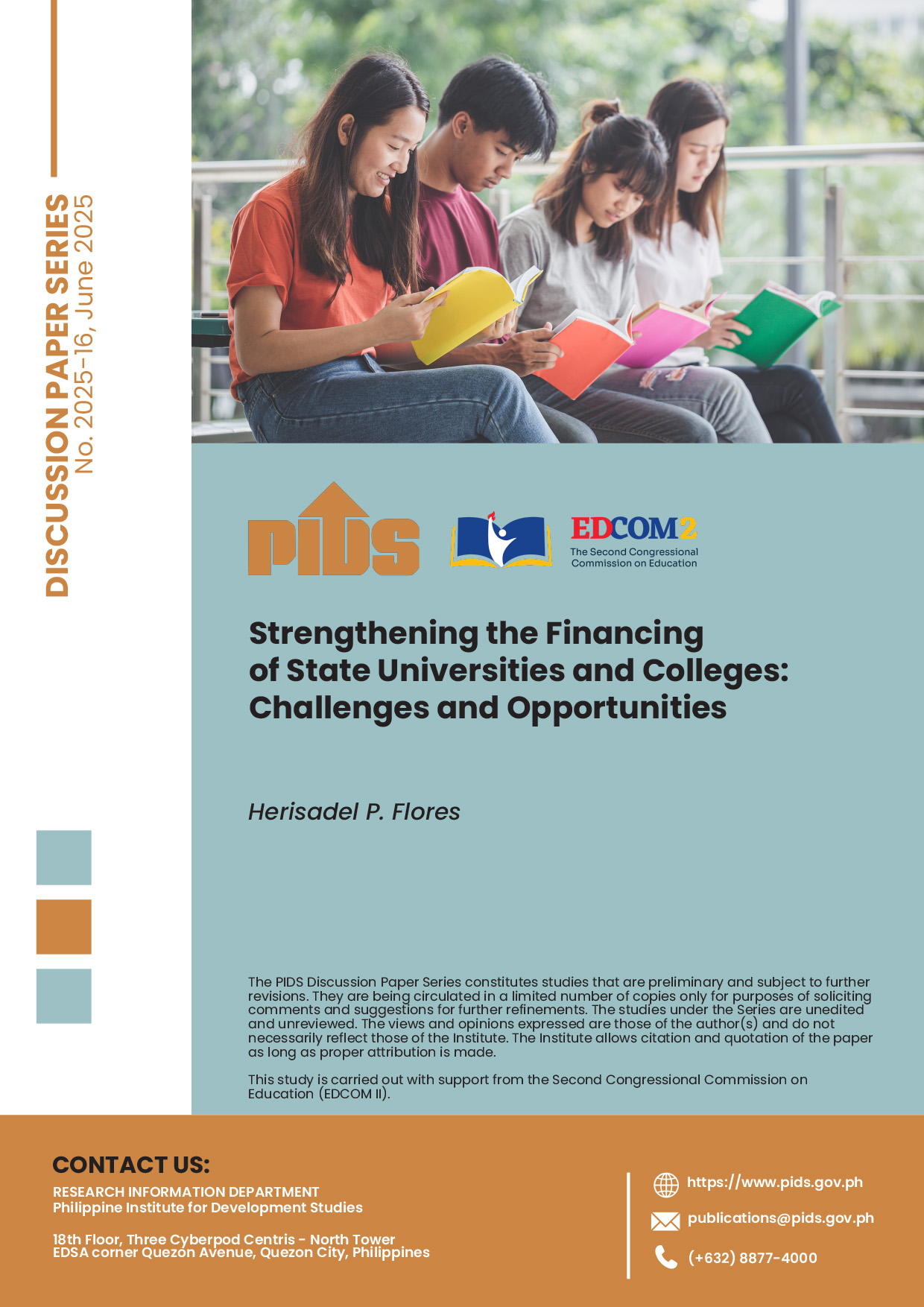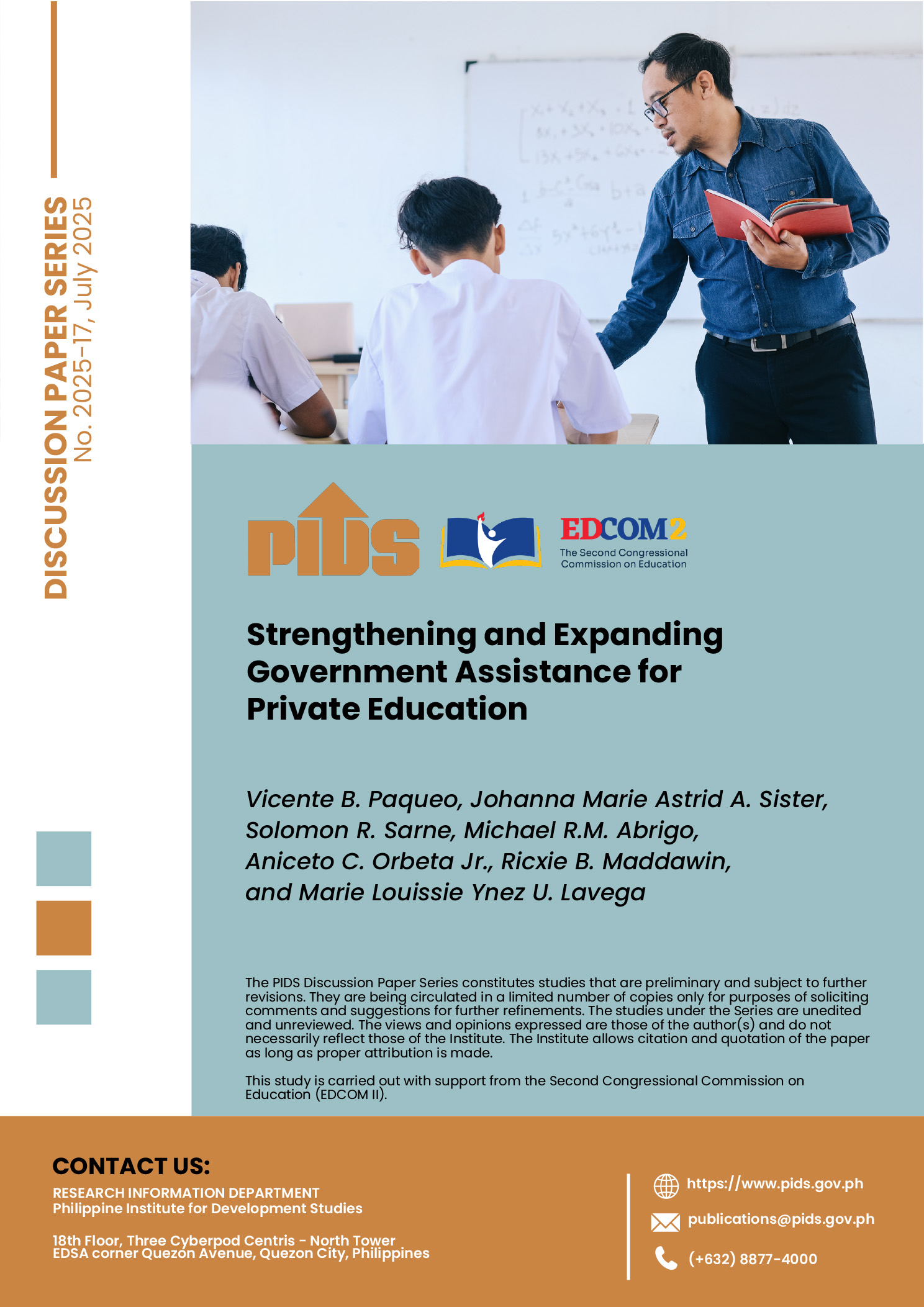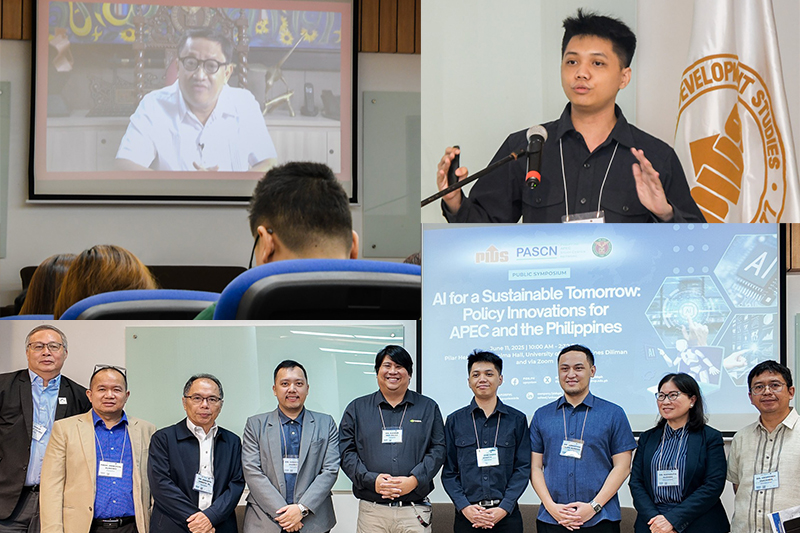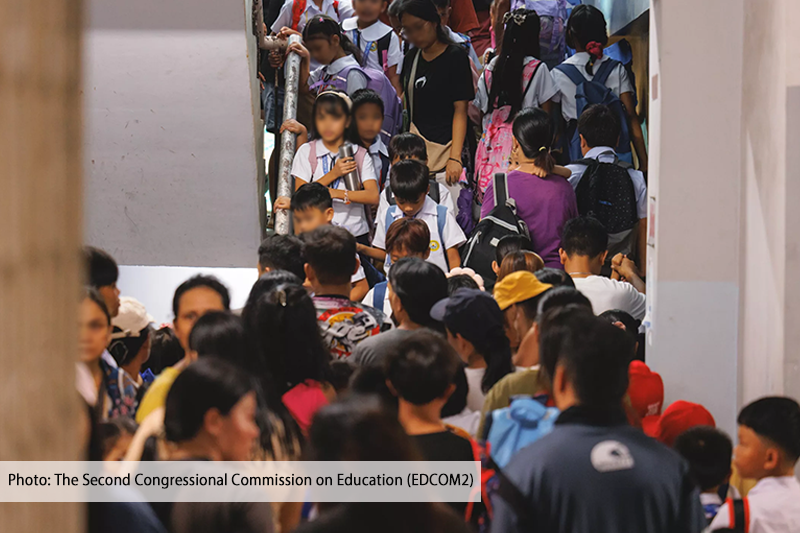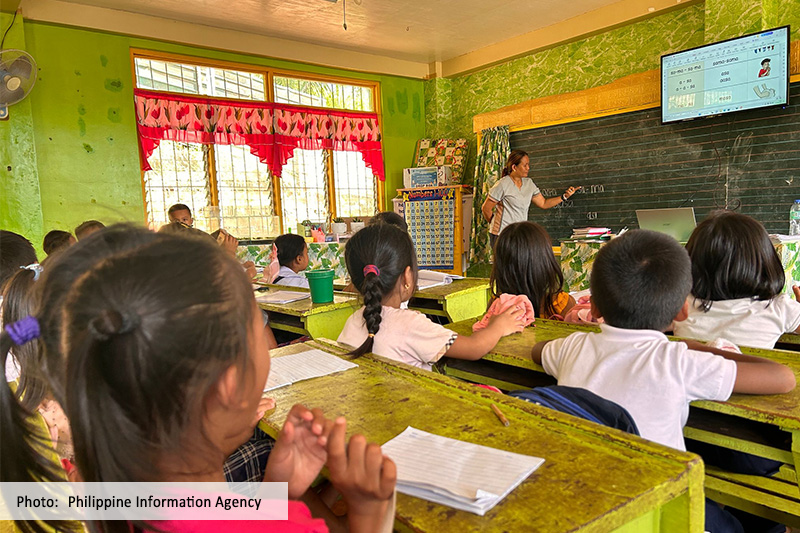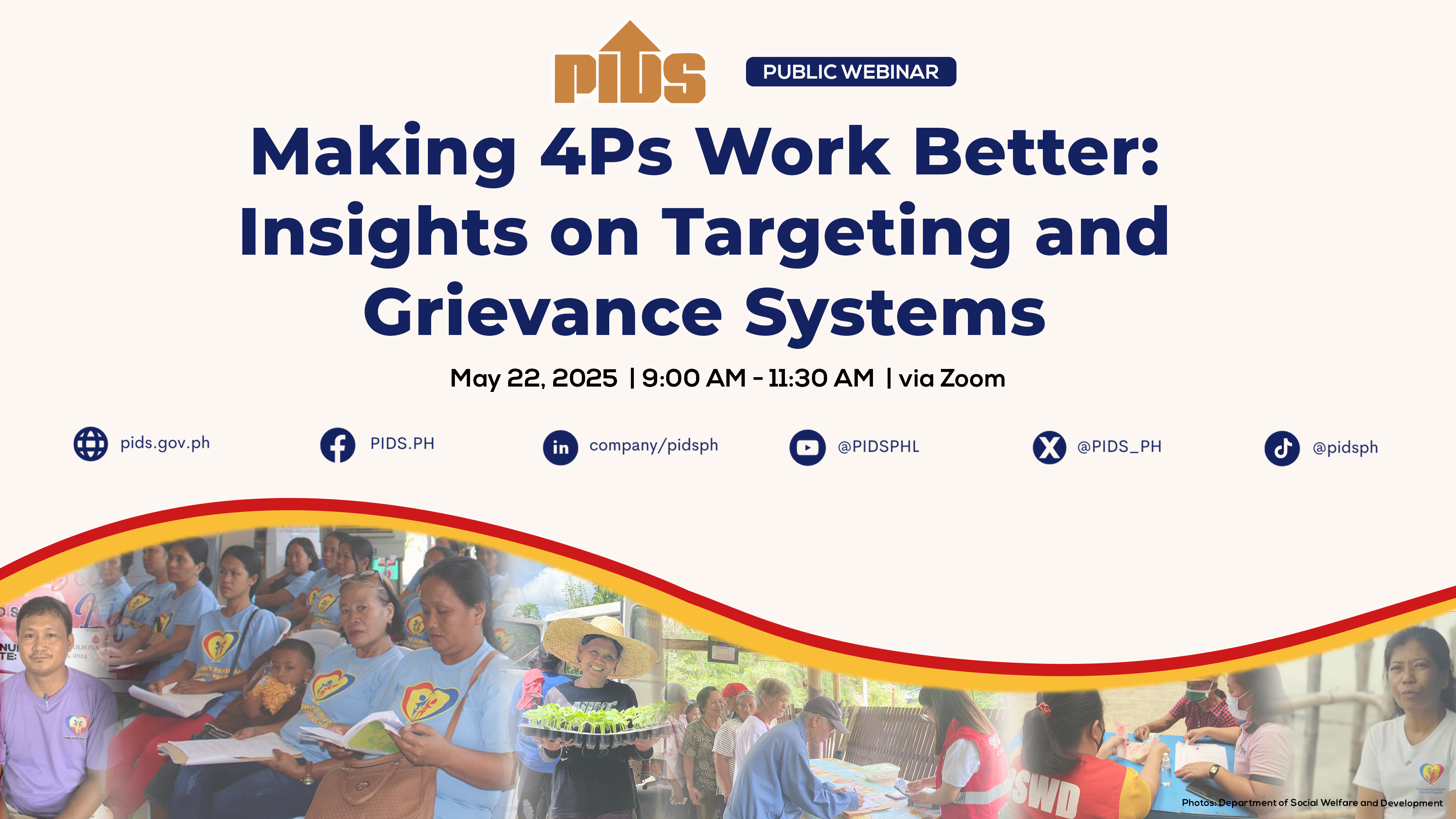MARCH 31, 2023 — The struggle for gender equality and women empowerment in the Philippines spans decades of sacrifices and successes to break through the barriers of voicelessness and discrimination.
Testament to this are game-changing laws such as Republic Act (RA) No. 9262 or the Anti-Violence Against Women and Their Children Act of 2004 and RA No. 9710 or the Magna Carta for Women of 2009. These helped pave the way for the Philippines to be the 19th best-performing country in terms of gender parity out of 146 countries, as reported by the Global Gender Gap Index 2022.
While our country may have come a long way, it is undeniable that challenges for women persist to this day, including participation in the labor force and attaining equal opportunities in the workplace.
Gender stereotypes at work
As reported by the Philippine Statistics Authority, data on labor force participation rate (LFPR) by sex since 2008 show that the LFPR of women was consistently lower than men. In its 2020 report, only 34.5 percent of women participated in the labor force, compared to 54.8 percent of their male counterpart.
In 2019, the National Economic and Development Authority (NEDA) found that marriage and childbearing are associated with a significant decline in the female labor force participation. Not considering their education and other factors, women who are currently married or in consensual union are 40 percent less likely to participate in the labor market than those who are single.
The study also reported that stereotyped gender roles and patriarchal mindset are still prevalent. These manifest in the relegation of women to domestic and reproductive roles, while men are expected to take on economic and productive roles, resulting in low LFPR among females.
Moreover, during the COVID-19 pandemic, women were forced to leave work to take care of their children, the household, and sick relatives. The World Bank also reported that women are more likely to assist in distance learning during the lockdown.
“Women today still face challenges that have to do with gender stereotypes that affect their opportunities for work. This situation is not only detrimental to the development of our values as a society, but also to the growth of our economy. Regardless of gender, lower labor force participation translates to lower productivity and slower GDP growth,” said NEDA Undersecretary for Policy and Planning Rosemarie G. Edillon.
Hurdling the roadblocks of pay gap, low education
Edillon added that there are certain lucrative fields that still prefer men, such as those which heavily use digital technology. Aside from lower labor participation in these fields, women also face the gender pay gap challenge.
Indeed, a study conducted by the Philippine Institute for Development Studies in 2022 cited that women who are engaged in digital jobs receive 18.4 percent less salary than men.
“While women today are more educated, some areas such as digital technology remain a male-dominated field. This is not helped by the circumstance wherein educated women who, for a time attended to domestic duties and aspired to return to the work, are not provided with ample support and training to be equipped with the knowledge and skills that are currently in-demand in the labor market,” Edillon said.
Further, low educated women suffer a double handicap. They are the least likely to be employed, and for those who find employment, they are more likely to be working in paid employment in private households and in the informal sector.
Based on the same NEDA study in 2019, most women in some of the less developed regions in the country work in the informal sector and account for more than 50 percent of women workers. These workers become vulnerable given that informal sector employment lacks social protection, gives low remuneration, and has poor working conditions.
PDP 2023-2028: Building the foundation for women in the workforce
The Philippine Development Plan (PDP) 2023-2028 aims to increase the participation of women in the labor force from 51.7 percent in 2022 to 52-54 percent in 2028. This will be done by providing them more economic opportunities and addressing the gender bias and gender stereotypes associated with women.
One of the strategies identified in the PDP is the mainstreaming of gender and green competencies to address gender bias and gender role stereotypes in promoting entrepreneurship and advancing opportunities for women.
While the country’s female LFPR has been slowly improving in previous years, there is still a need to intensify efforts to further open opportunities for women in the workforce. Addressing gender bias and gender role stereotypes in basic and higher education materials, promoting entrepreneurship, and advancing economic opportunities for women through harnessing digital technologies are some of the identified strategies under the PDP to address this.
[Read Chapter 4 “Increase Income-earning Ability” of PDP 2023-2028 here]
Edillon also emphasized the PDP’s thrust to provide opportunities for lifelong learning for women, especially in the field of digital technology, as this can help more women with families participate in the labor force.
The Plan aims to integrate lifelong learning processes in human resource development programs. This will ensure that both employers and employees benefit from learning dividends in the form of better corporate performance, productive employee engagement, and enhanced well-being. This is expected to benefit not only female workers, but also the overall business environment necessary to create more and better-quality jobs.
A hope in the horizon
Edillon said that there are more economic benefits when more women are given the chance to participate in the labor force.
“Many Filipino women are well-educated. If we bring them into the labor force, imagine how much more output we can produce.” she added.
However, Edillon also acknowledged the struggles that working mothers may experience, including childcare. In this regard, she expressed that women should have adequate support such as childcare services in offices to entice them to return to the workforce.
“The advantage of Filipino women is that they have this innate caring nature, especially toward the elderly and children. I think this does not have to change even with the digitalization of services. This may be even beneficial for professions in education and health care, among others,” Edillon added.
Based on the PDP’s targets, Filipinos will have enhanced income-earning ability by 2028 that can better support their aspirations to have a stable and comfortable lifestyle, secure in the knowledge that they have enough for their daily needs and unexpected expenses.
“The PDP 2023-2028, together with the Updated Gender Equality and Women Empowerment Plan 2019-2025 signifies the government’s thrust to reduce, if not eliminate gender inequality in all spheres of life,” Edillon said.
“This is a challenge we need to overcome to break the glass ceiling that should not have been there in the first place. We will continuously strive for a Philippines where women and men equally participate in, contribute to and enjoy the benefits of inclusive growth, a high-trust and resilient society, and a globally competitive economy,” she added.

